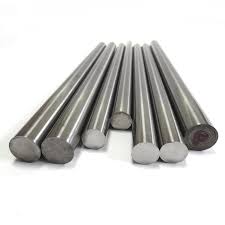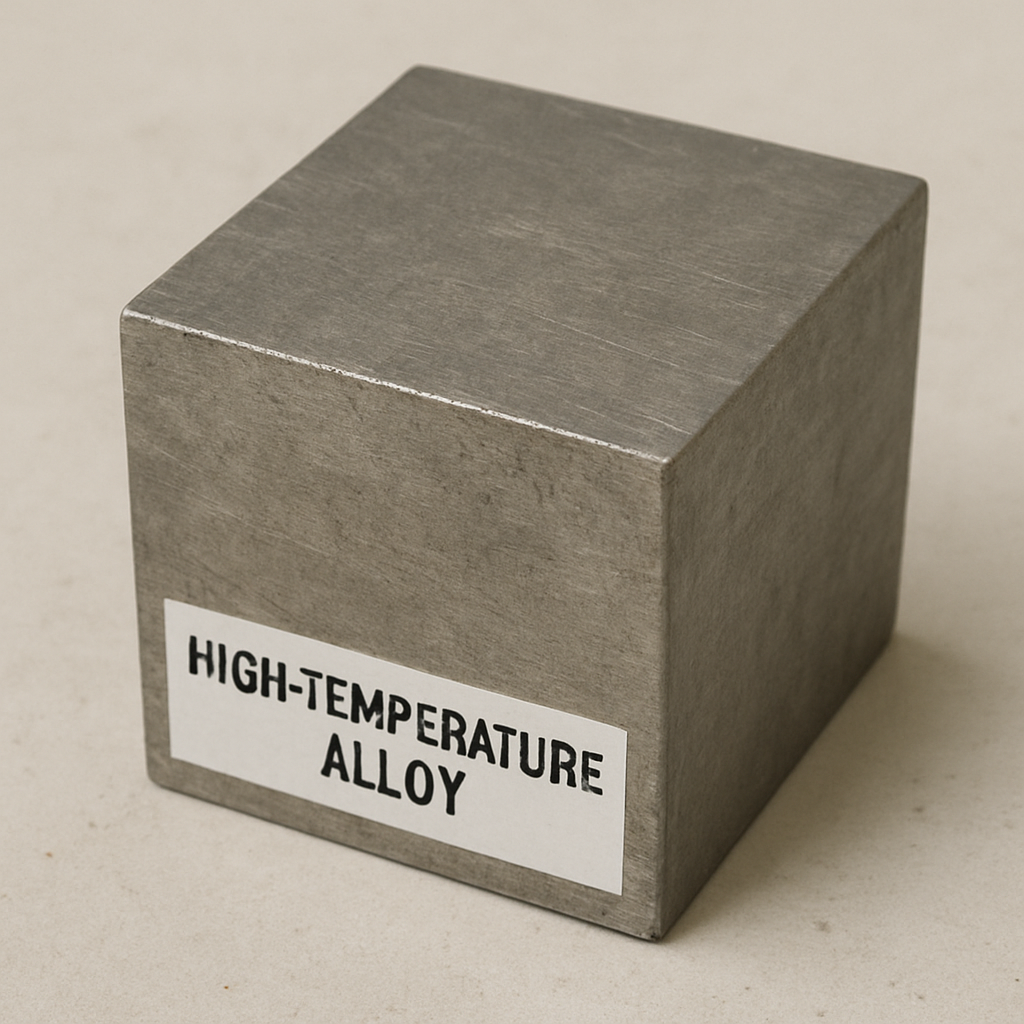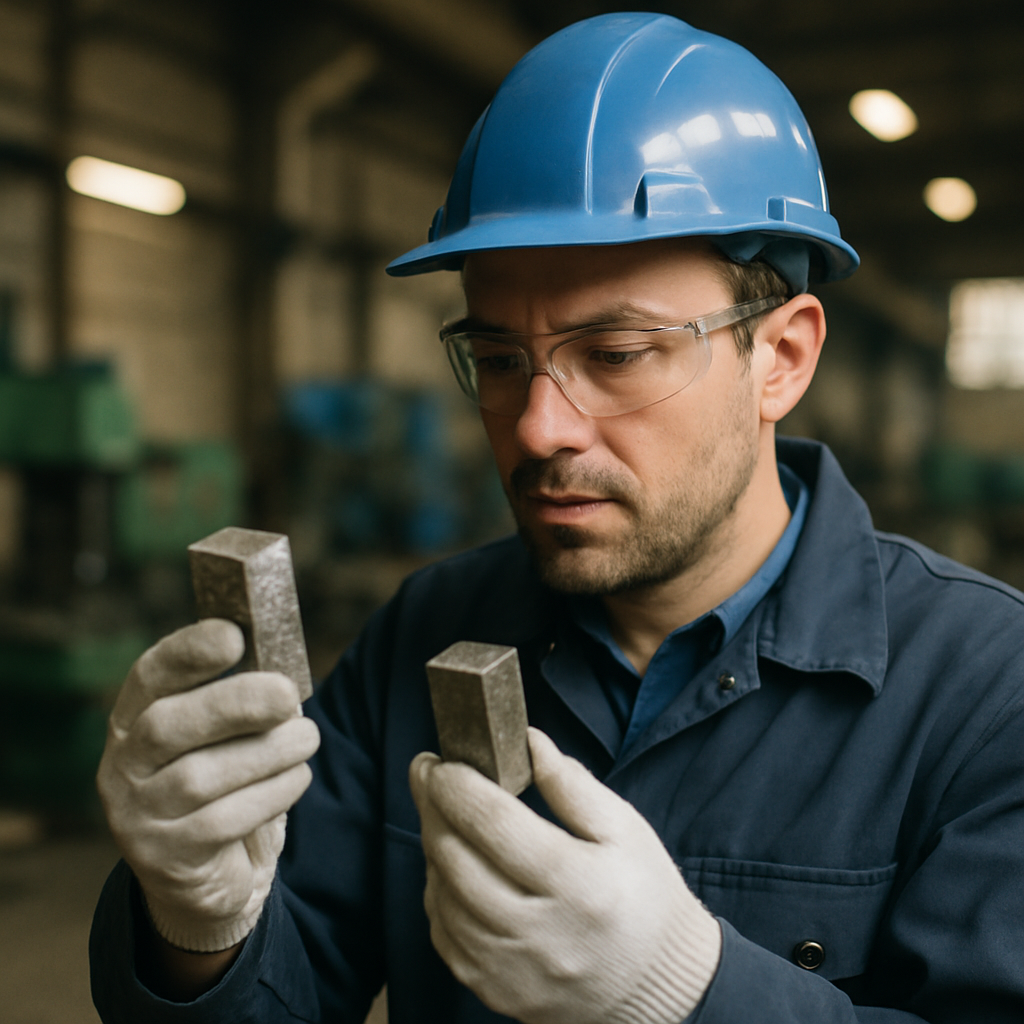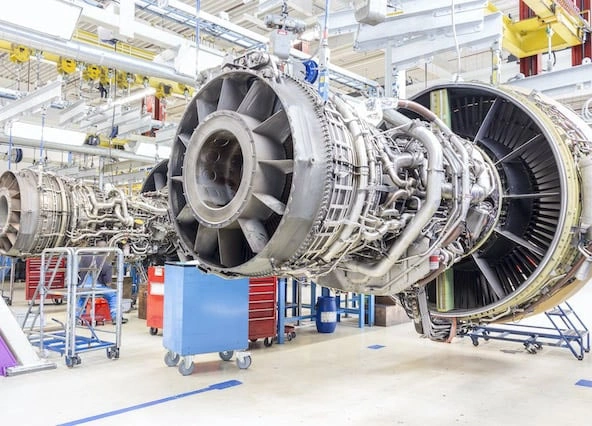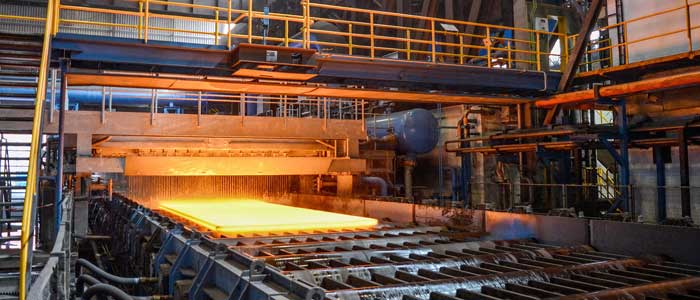In the world of materials science, high-temperature alloys are a game-changer. These special materials are designed to withstand extreme heat and pressure, making them essential for a variety of industries, from aerospace to power generation. In this article, we will explore the advancements in high-temperature alloy metallurgy, focusing on the properties, applications, and future trends of these remarkable materials.
High-temperature alloys, also known as heat-resistant metals or temperature-resistant alloys, are specifically engineered to perform in environments where ordinary materials would fail. These alloys maintain their strength and integrity even when exposed to temperatures that can reach or exceed 1000 degrees Celsius.
Key Properties of High Temperature Alloys
The unique properties of high-temperature alloys make them stand out. Here are some of the most important characteristics:
- Heat Resistance: These alloys can endure extreme temperatures without losing their structural integrity.
- Corrosion Resistance: They are resistant to oxidation and corrosion, which is crucial for maintaining durability in harsh environments.
- High Strength: Even under high temperatures, these alloys maintain their mechanical strength, which is vital for safety and performance.
- Fatigue Resistance: They can withstand repeated thermal cycling without degrading, making them ideal for applications with fluctuating temperatures.
The Evolution of Alloy Metallurgy
The development of high-performance alloys has been driven by the need for materials that can perform under increasingly demanding conditions. Over the years, advancements in alloy metallurgy have led to the creation of new compositions and processing techniques that enhance the performance of these materials.
Innovations in Alloy Composition
Modern high-temp alloys often include elements such as nickel, chromium, cobalt, and molybdenum. Each of these elements contributes to the alloy’s ability to resist heat and corrosion. For example, nickel-based superalloys are widely used in jet engines due to their exceptional high-temperature performance.
Advanced Processing Techniques
Advancements in processing techniques, such as vacuum melting and powder metallurgy, have allowed for the production of alloys with improved properties. These techniques ensure that the alloys have a uniform microstructure, which is essential for maintaining their performance under high stress and temperature conditions.
Applications of High Temperature Alloys
High-temperature alloys are crucial in industries where performance at high temperatures is essential. Here are some of the primary applications:
Aerospace Industry
In the aerospace sector, high-performance alloys are used in the construction of jet engines, turbine blades, and exhaust systems. These components must withstand extreme conditions, including high temperatures and pressures, to ensure the safety and efficiency of aircraft.
Power Generation
In power plants, particularly those using gas turbines, high-temperature alloys are used to manufacture components such as turbine blades and combustors. Their ability to maintain performance under high heat and pressure is critical for the efficiency and reliability of power generation systems.
Automotive Industry
The automotive industry also benefits from high-temperature alloys, particularly in the production of exhaust systems and turbochargers. These components must resist high temperatures to maintain the performance and longevity of vehicles.
Future Trends in High Temperature Alloy Metallurgy
The field of high-temperature alloy metallurgy continues to evolve, with ongoing research focused on developing new materials and improving existing ones. Here are some future trends to watch:
Development of New Alloy Systems
Researchers are exploring new alloy systems that incorporate novel elements to further enhance heat resistance and mechanical properties. These new compositions could lead to materials with even better performance at extreme temperatures.
Additive Manufacturing
Additive manufacturing, or 3D printing, is revolutionizing the production of high-temperature alloys. This technology allows for the creation of complex geometries that were previously impossible to achieve with traditional manufacturing methods. It also offers the potential for cost savings and reduced material waste.
Environmental Considerations
As industries strive to become more sustainable, there is a growing emphasis on developing high-temperature alloys that are not only high-performing but also environmentally friendly. This includes reducing the use of rare and toxic elements in alloy compositions.
Conclusion
High-temperature alloys are at the forefront of material science innovation, enabling advancements in technology and industry. As we look to the future, continued research and development in high-temperature alloy metallurgy will play a crucial role in meeting the demands of modern engineering challenges. Whether in the skies, on the road, or in power plants, these remarkable materials will continue to push the boundaries of what is possible.
By understanding the properties, applications, and future trends of high-temperature alloys, industries can harness their full potential, driving progress and innovation for years to come.

